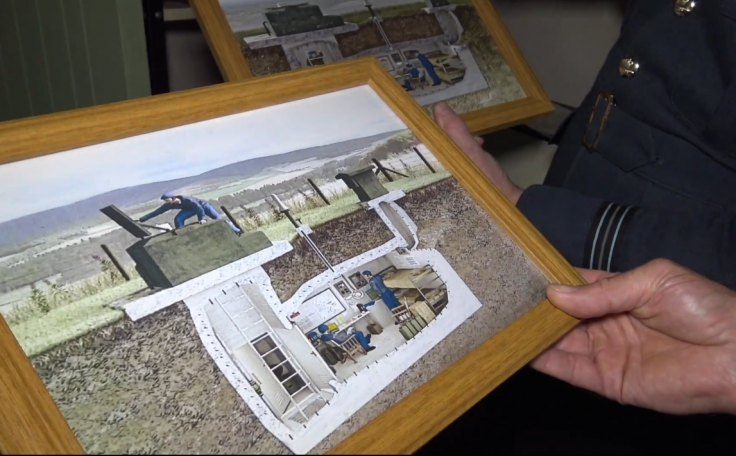
While digging a site for construction, Wessex Archaeology, a UK-based company has found an Underground Monitoring Post (UGMP) in Arborfield, a village in Berkshire, dating back to the Cold War era.
The company made this discovery while working on behalf of Balfour Beatty, a construction company in the UK, as part of Wokingham Borough Council's Major Highways Project.
As reported, this historic site first used as an above-ground observation post from 1936. Later, from 1961, it was utilized as an underground post (UGMP) until 1968. The structure was a part of a national network of 1563 strategically located UGMPs.
The experts revealed that this Arborfield UGMP was built in 1961 for the Royal Observer Corps (ROC), which was a civil defence organisation. It was monitoring any radioactive fall-out during the peak of the Cold War between the US and erstwhile Soviet Russia.
Bob Clarke, the Senior Research Manager at Wessex Archaeology and an expert of Cold War archaeology said that this finding is "extraordinary" as many of the sites linked to the Cold War era are still unknown.
Currently, the Wokingham Borough Council and the Arborfield Local History Society are planning to install a memorial stone on that historic site as a tribute to the brave members of the Arborfield Royal Observer Corps.
Diana Thorne, member of the Arborfield Local History Society, said that they were looking forward to honour the volunteer members of the Arborfield Royal Observer Corps and her proposal has received full support from the Royal Observer Corps (ROC).
The Project Manager of the Arborfield Cross Relief Road Major Highways Project at Wokingham Borough Council, Jay Judge, said, "We welcome the opportunity to work with the Arborfield Local History Society to pay tribute to the brave volunteers of the Arborfield Royal Observer Corps."
Royal Observer Corps (ROC)
ROC was formed in 1925 and assigned to play a vital role in the UK's Royal Air Force. Later, during the Cold War, which lasted for almost 45 years, under the supervision of the United Kingdom Warning and Monitoring Organisation or UKWMO, it provided key monitoring, recording and appraisal of nuclear fall-out if any nuclear attack on Britain.
Monitoring Posts in UK

The UK government ordered 1563 monitoring posts at a distance of about 15 miles apart and thirty-one larger headquarters as well as control centres were built between 1956 and 1965. After the function of ROC was stopped in 1991, all these centres were closed down.
As per ROC, the vast majority of such sites are already demolished, or damaged due to lack of maintenance or vandalized.
BBC reported that while talking about the UGMP, Allan Kilpatrick, an archaeologist at the Royal Commission on the Ancient and Historical Monuments of Scotland (RCAHMS), mentioned about "a ladder down to a room and a toilet. A pipe extending above ground had instruments on it to measure the blast wave."
In addition, Kilpatrick said "Once the measurements had been made and the information sent," there used to be three personnel, who were assigned to monitor the fallout.
"The posts did not have a sophisticated ventilation system, the air coming down from the outside was not filtered. It's not hard to imagine these posts becoming a coffin really," he said.









